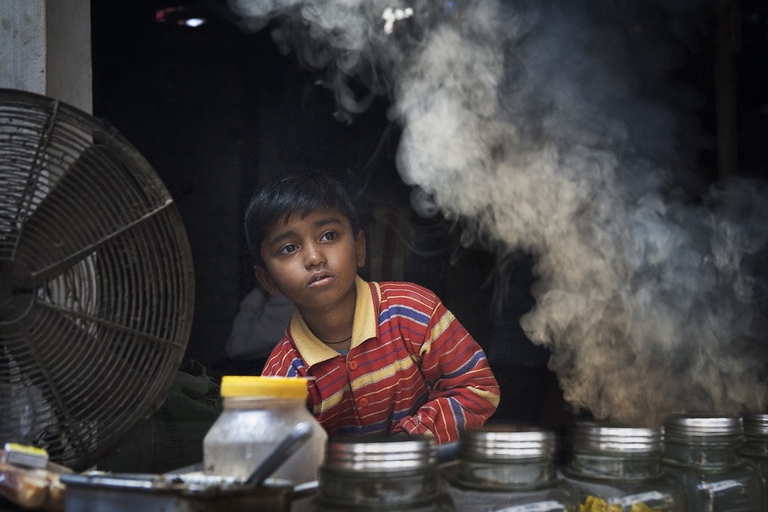
Costa Rica celebrated its first same-sex marriage when two women, Alexandra Quiros and Dunia Araya, celebrated their wedding: an “extraordinary moment”.
Questo strumento consente di capire quanto il nostro stile di vita contribuisce allo sfruttamento di altri esseri umani.
Today, there are millions of tools that allow us calculate CO2 emissions we generate or the environmental impact of our lifestyle and actions.The Slavery Footprint website goes further and calculates, through a series of questions, the impact our purchases have on the exploitation of workers. How many slaves work for you? is the question asked in the website, created to show the effects of the consumer and globalised economy of our time.
What kind of house you live in, which food (spices included) you eat, what cleansers you use, how you dress. Providing information about your lifestyle, it’s possible to have an estimate of how many slaves work for you daily.
Data are not comprehensive, but they represent a perfect opportunity to better understand how consumption habits – often considered harmless – can actually have a huge impact on many people’s life. Products we use and consume every day, including tea and coffee, are in many cases produced exploiting workers, often children.
[vimeo url=”https://vimeo.com/49955207″]
The cosmetic industry also conceals dark sides. For instance, to produce mica – mineral used for lipsticks and eye shadows – thousands of Indian children are exploited in its extraction process. Jewels and gemstones are sadly linked to countries affected by civil wars and corruption, such as Sierra Leone, where conditions are some of the world’s most dangerous.
Not to mention tech products, as well as clothing and sport gears. It is estimated that about 1.4 million children are forced to work in cotton fields in Uzbekistan, a number higher than all children of New York’s entire public education system.
It’s thus crucial knowing and recognising these products, in order to manage to fight – through our purchasing power – modern-day slavery, which is still wide spread all over the world.
Siamo anche su WhatsApp. Segui il canale ufficiale LifeGate per restare aggiornata, aggiornato sulle ultime notizie e sulle nostre attività.
![]()
Quest'opera è distribuita con Licenza Creative Commons Attribuzione - Non commerciale - Non opere derivate 4.0 Internazionale.
Costa Rica celebrated its first same-sex marriage when two women, Alexandra Quiros and Dunia Araya, celebrated their wedding: an “extraordinary moment”.
On top of a 2.4 million dollar compensation, the indigenous Ashaninka people will receive an official apology from the companies who deforested their lands in the 1980s.
From Italy to the United States, workers in the logistics and delivery sectors are protesting to demand better sanitary conditions to protect themselves from Covid-19.
The pandemic and its restrictions are affecting everyone, without exceptions. However factors like housing, income inequalities, gender, access to technology and working conditions are influencing how people experience the health crisis.
In the midst of India’s coronavirus lockdown, two dozen people lost their lives in a desperate bid to return home: migrant labourers forced to leave the cities where they worked once starvation began knocking at their doors.
Apple, Dell, Microsoft and Tesla are among the tech companies named in a lawsuit brought in the US by the families of children killed and maimed in cobalt mining activities in the Democratic Republic of Congo.
We, the people is Survival’s 2020 calendar, which features the winners of the photography contest showcasing images of the world’s indigenous peoples.
Un violador en tu camino – the rapist is you – is an anthem protesting the impunity of gender-based violence. It began in Chile and has become a global flash mob, bringing people to the streets and resonating all over the world.
Abiy Ahmed was awarded the Nobel Peace Prize for reaching peace with Eritrea. Yet, Indigenous groups in Ethiopia’s Lower Omo Valley have been abused by security forces, a fact that the prime minister must address, says the Oakland Institute.








